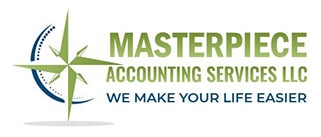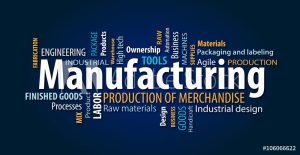Manufacturing overhead costs are direct labors, direct materials and direct expenses, such as electricity used in the factory, depreciation of the machinery, supplies used in the manufacturing process, etc. These costs are based on a predetermined overhead rate. The total rate gets divided by the total number of machine hours which are most likely determined by an actual overhead budget. The manufacturing overhead is allocated or apportioned to the specific products being manufactured. This concept is what is called “absorption costs” as the products have absorbed the manufacturing overhead costs.
Since the overhead rate is established before the period begins and is basically based on estimated data, it might differ from the costs that the company actually incurred or experienced. In addition, it might be that the volume measure has changed from the budgeted volume. If the absorbed overhead is greater than the overhead actually incurred, then the company has over-absorbed the manufacturing costs. On the contrary, if the absorbed overhead is lesser than the overhead incurred, then the company has an under-absorption.
There are three ways of eliminating the over- or under-applied overhead.
1- To simply write it off to the cost of goods sold account. In the case when there is an overapplied overhead, in other words, the costs allocated to specific products by the plant are higher than the costs actually incurred, then the cost of goods sold account has to be reduced and therefore the income increases.
2- To prorate the difference between the work-in-process, finished good and cost of goods sold accounts in proportion to the overhead applied. The allocation under this method provides a more accurate calculating than closing the balance to the cost of goods sold account. The reason is that “this method assigns overhead costs to where they would have gone in the first place had it not been for the errors in estimating the predetermined overhead rate” (Garrison, et al., 2008, p. 114).
3- To re-compute the cost assigned of each job by utilizing actual overhead and actual rate to arrive at a revised, end-of-year overhead rate. This method is beneficial when a company has cost-plus contracts because each job gets re-costed at the correct overhead rate, however, it is very time-consuming from the bookkeeping and data processing perspective, in particular, if there are a lot of jobs involved in the re-allocation process.
References
Zimmerman, J. (2016). Accounting for decision making and control (9th ed.). New York, NY: McGraw-Hill
Garrison, R. H., Noreen, E. W., & Brewer, P. C. (2008). Managerial accounting. New York, NY: McGraw-Hill Education.

